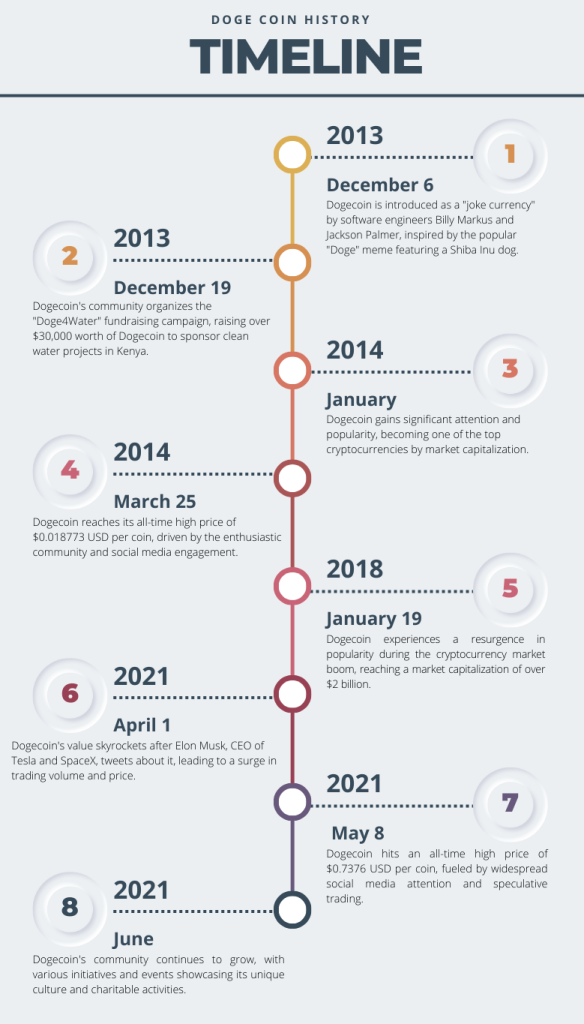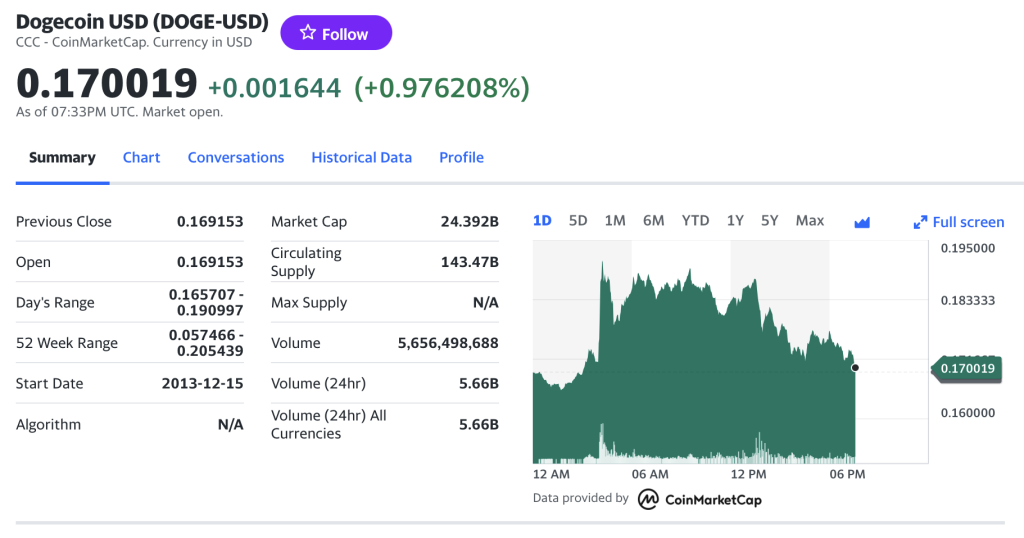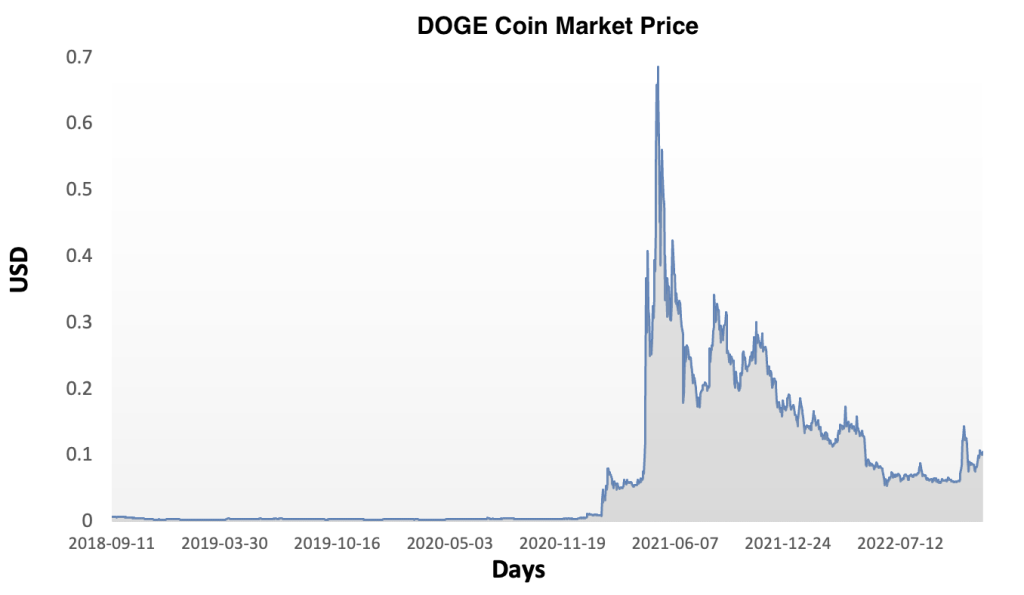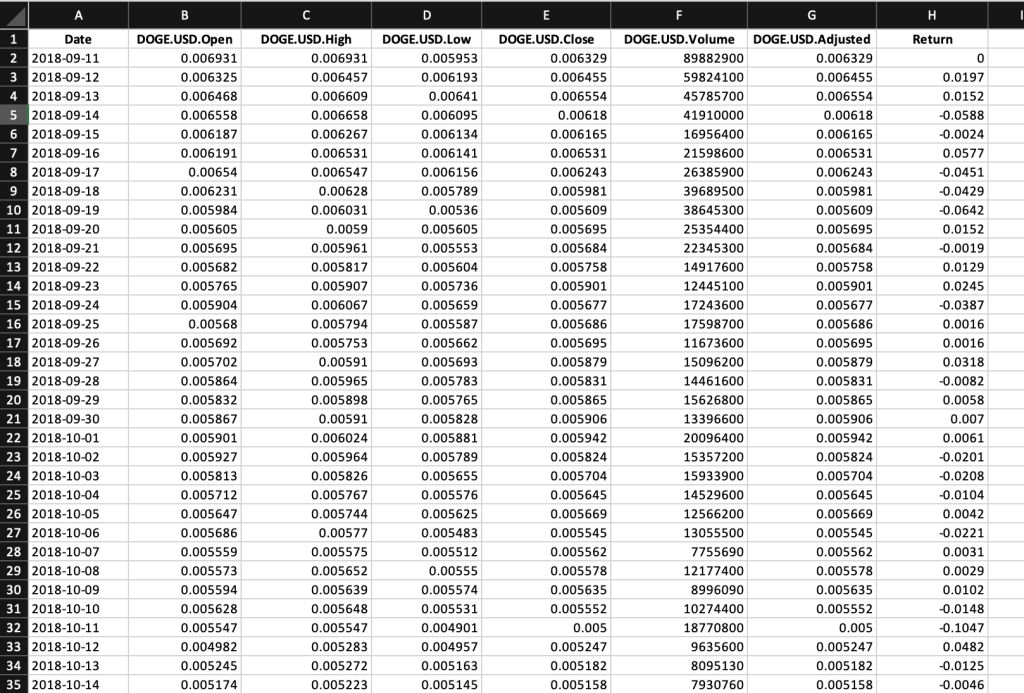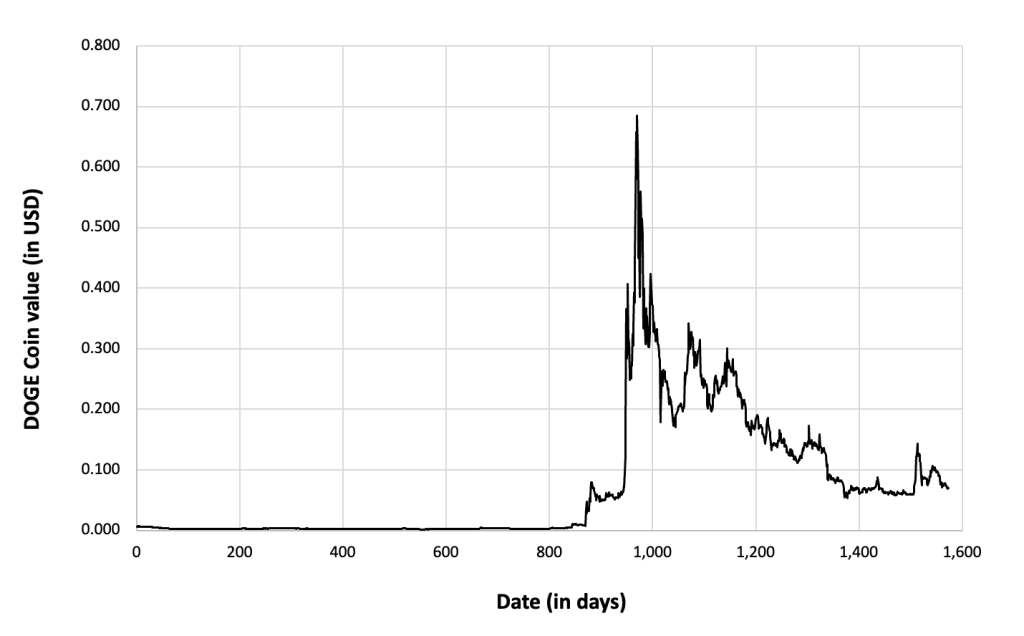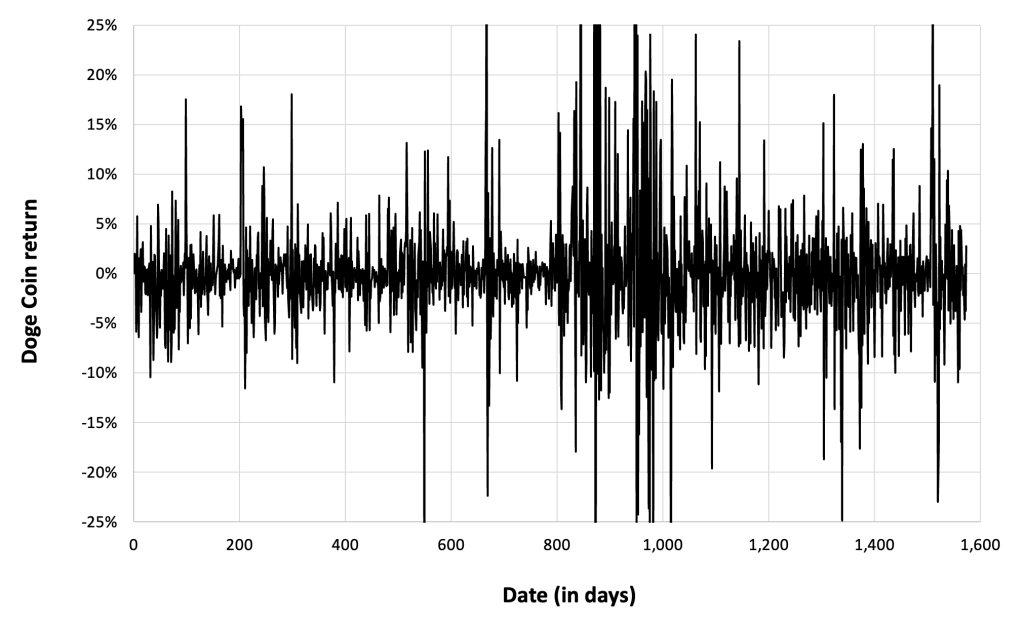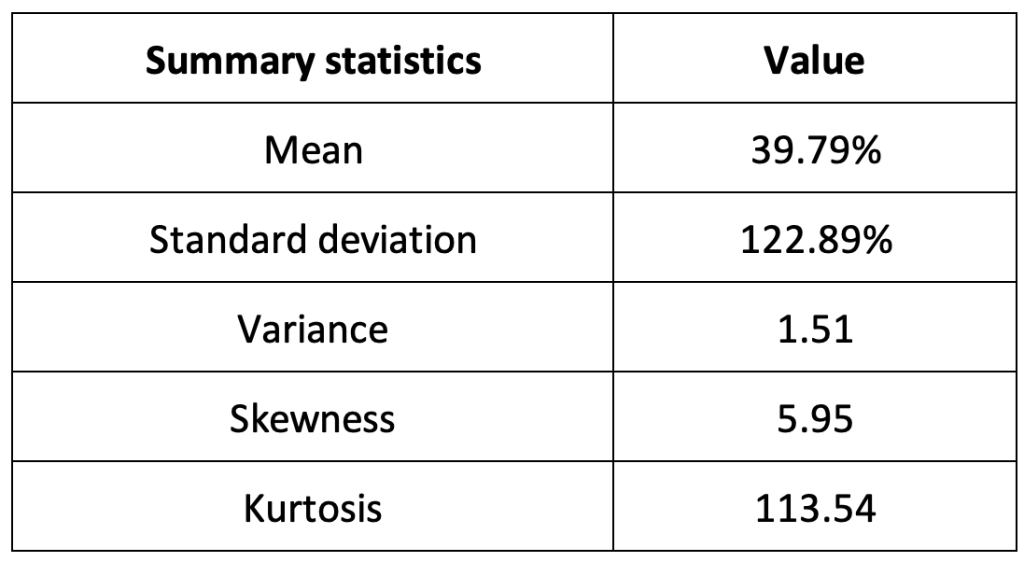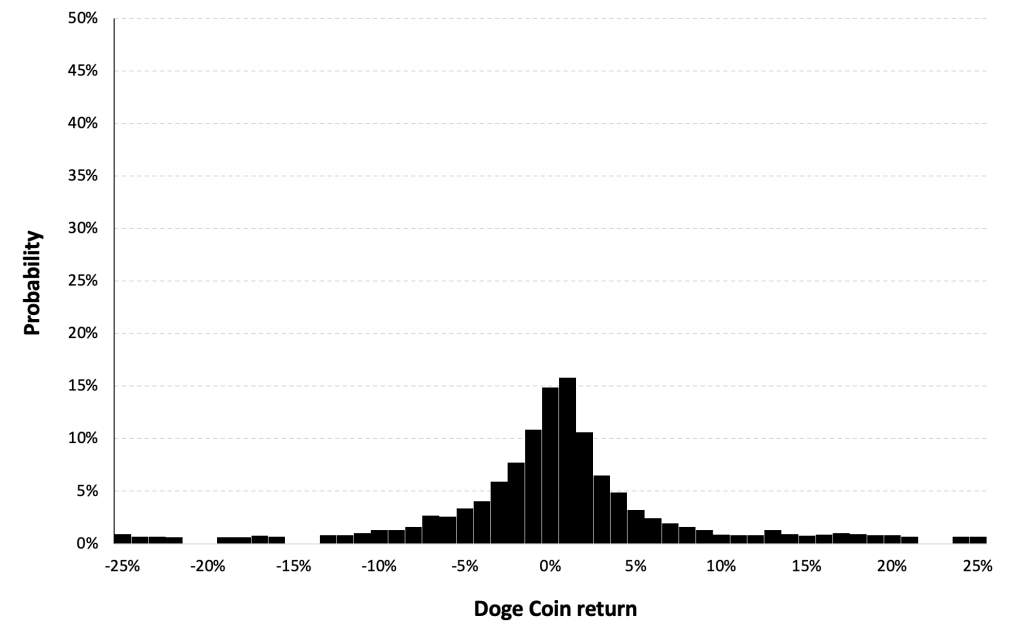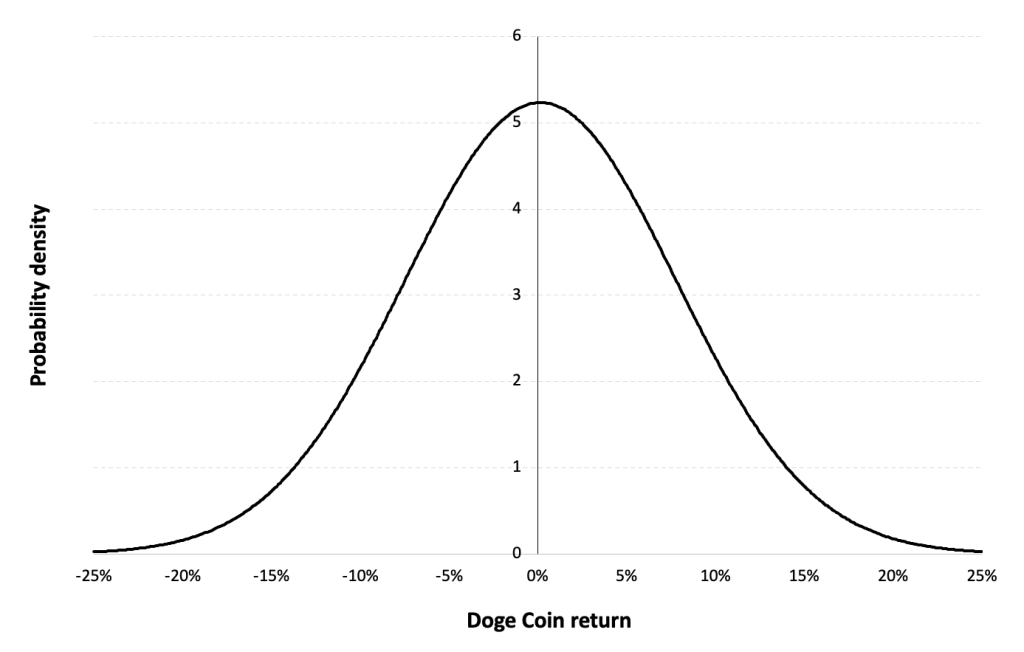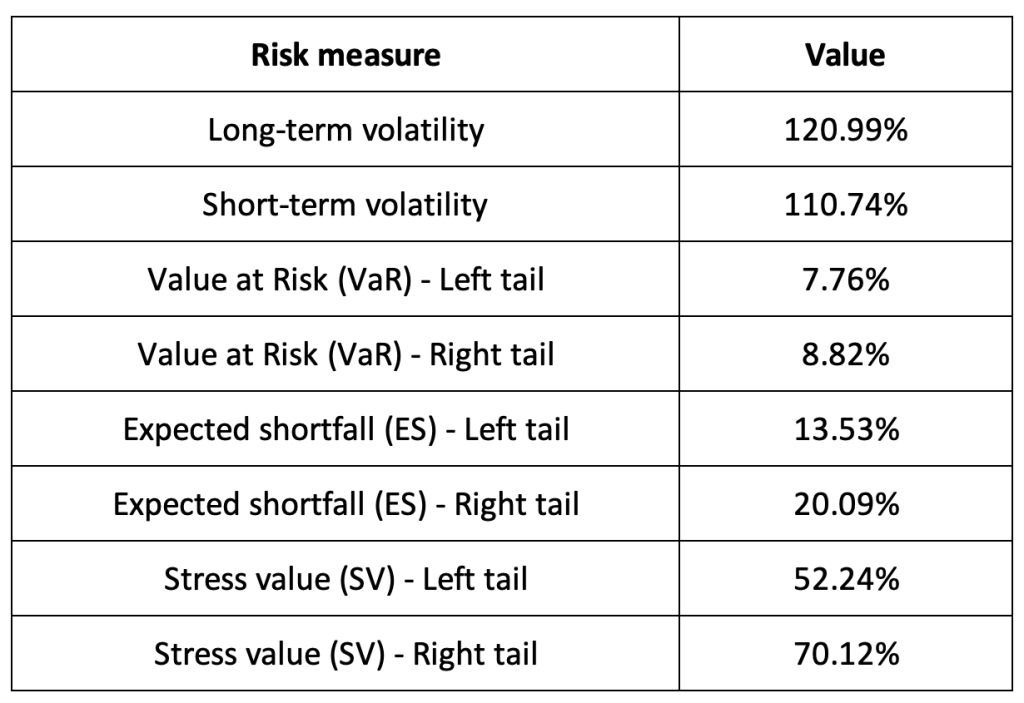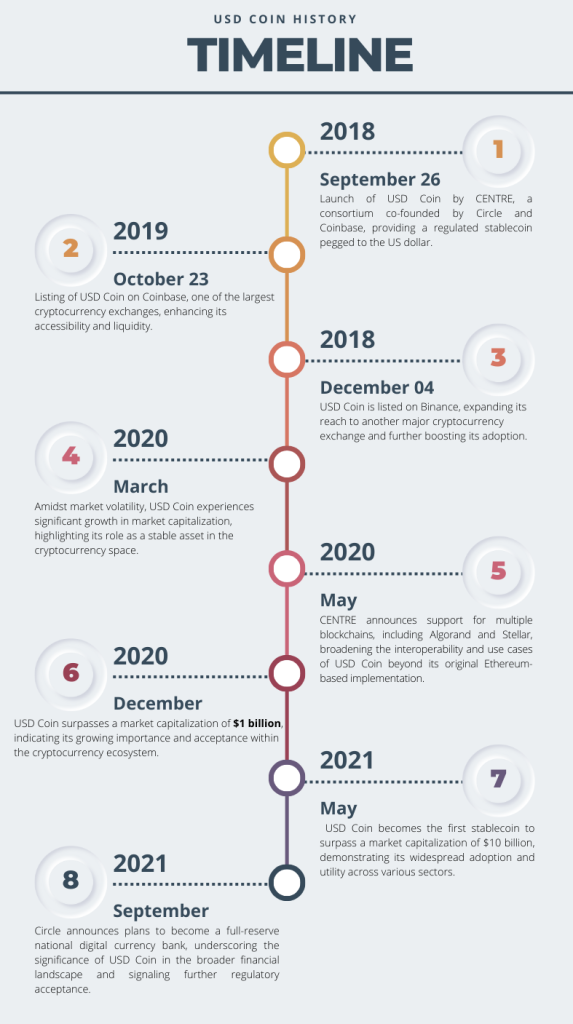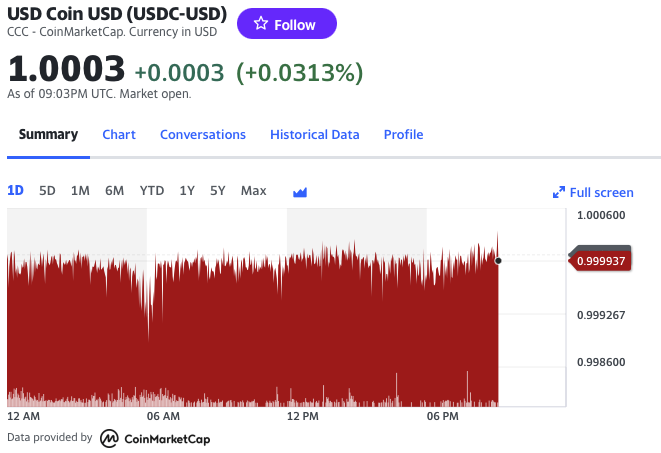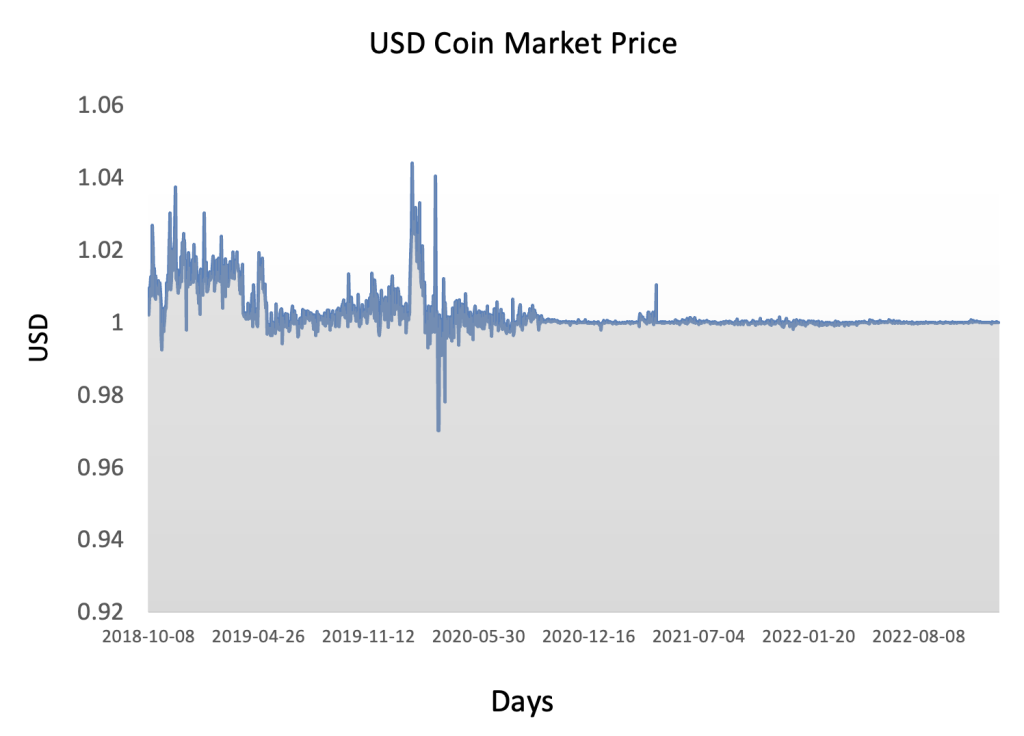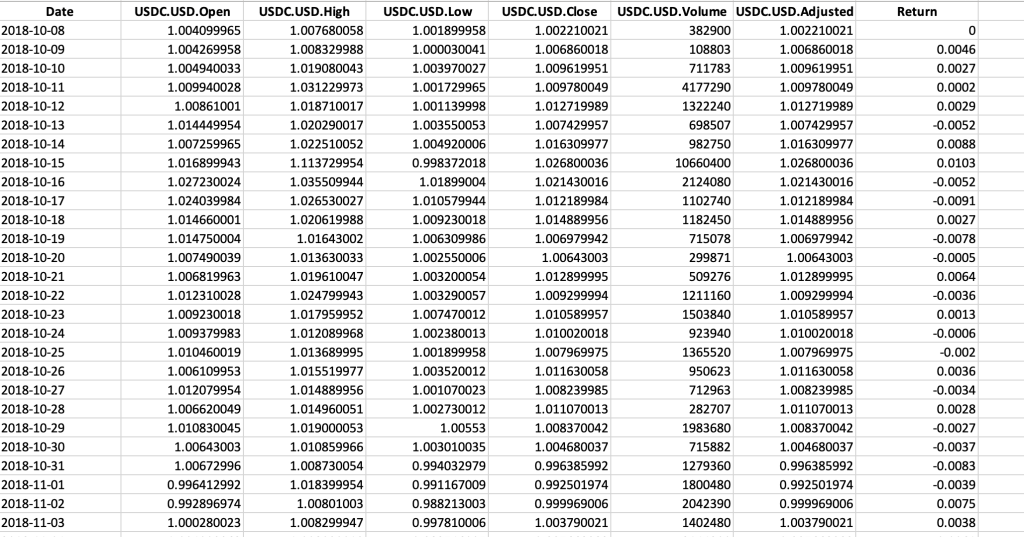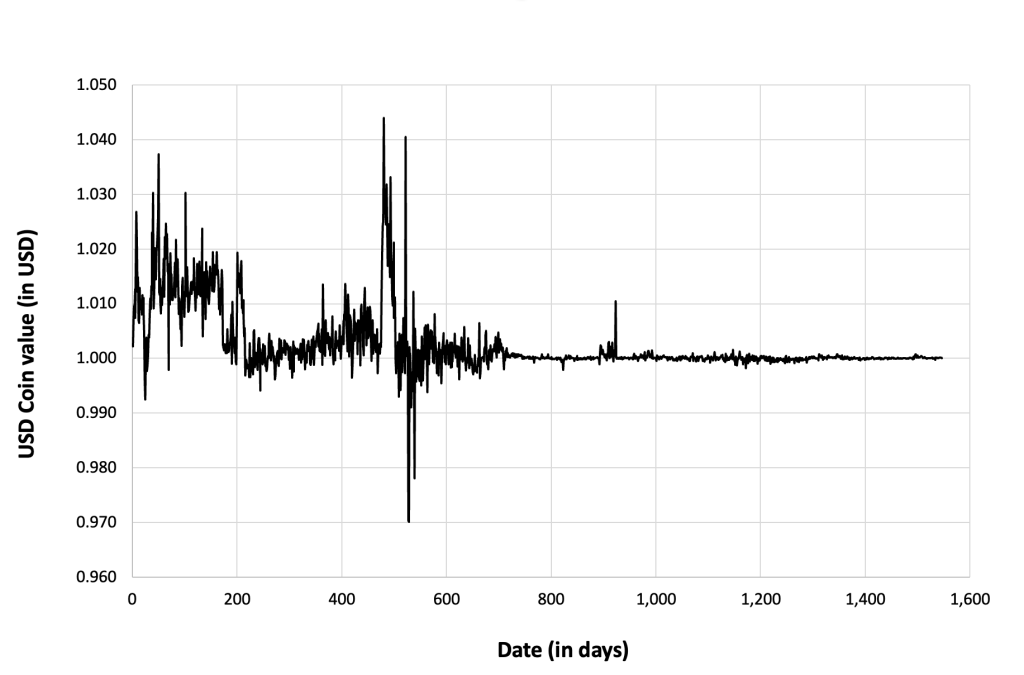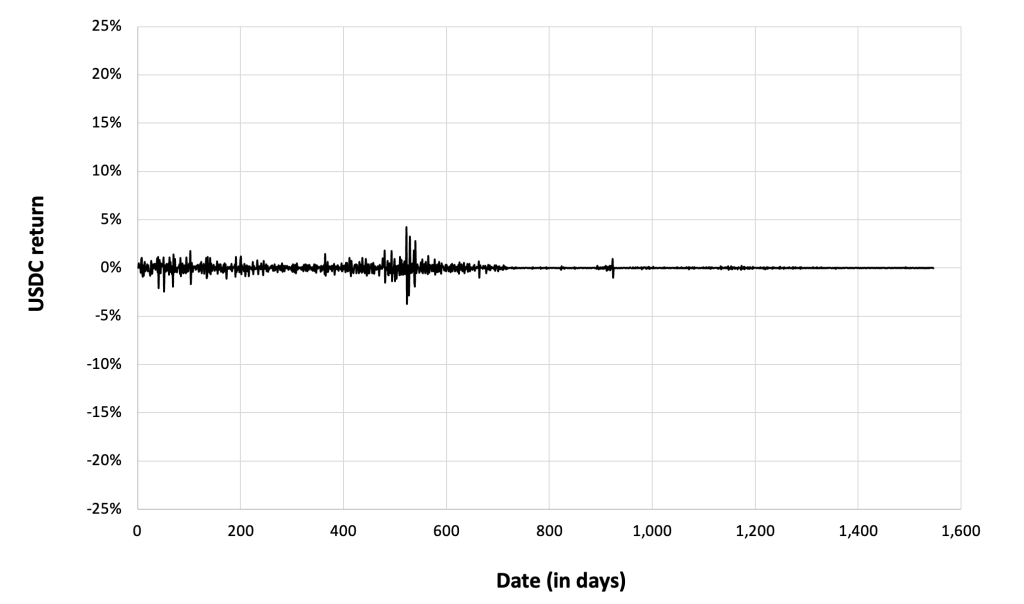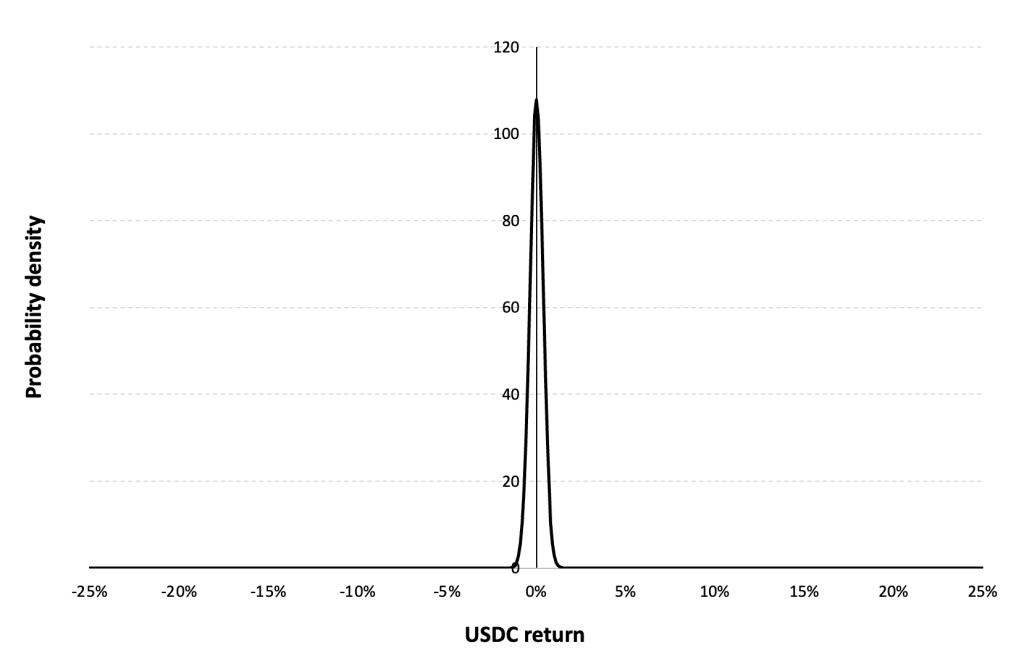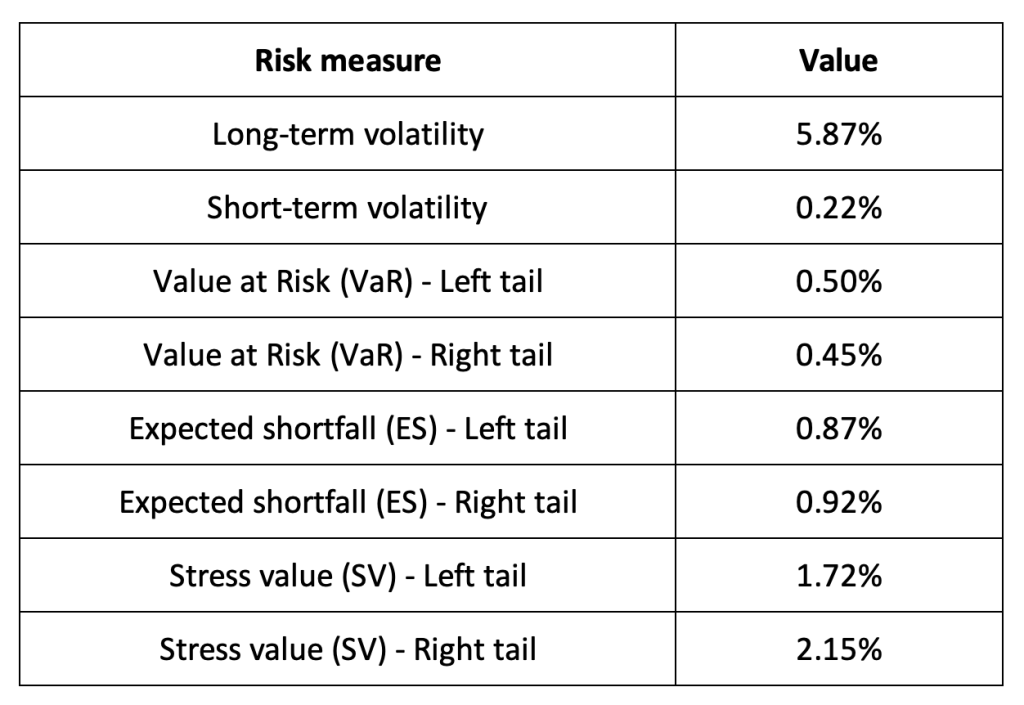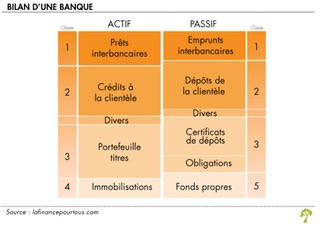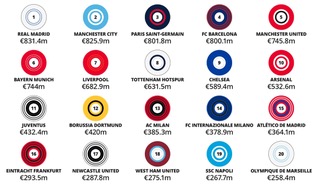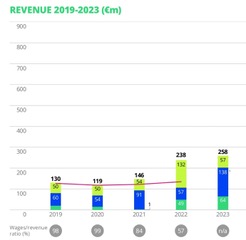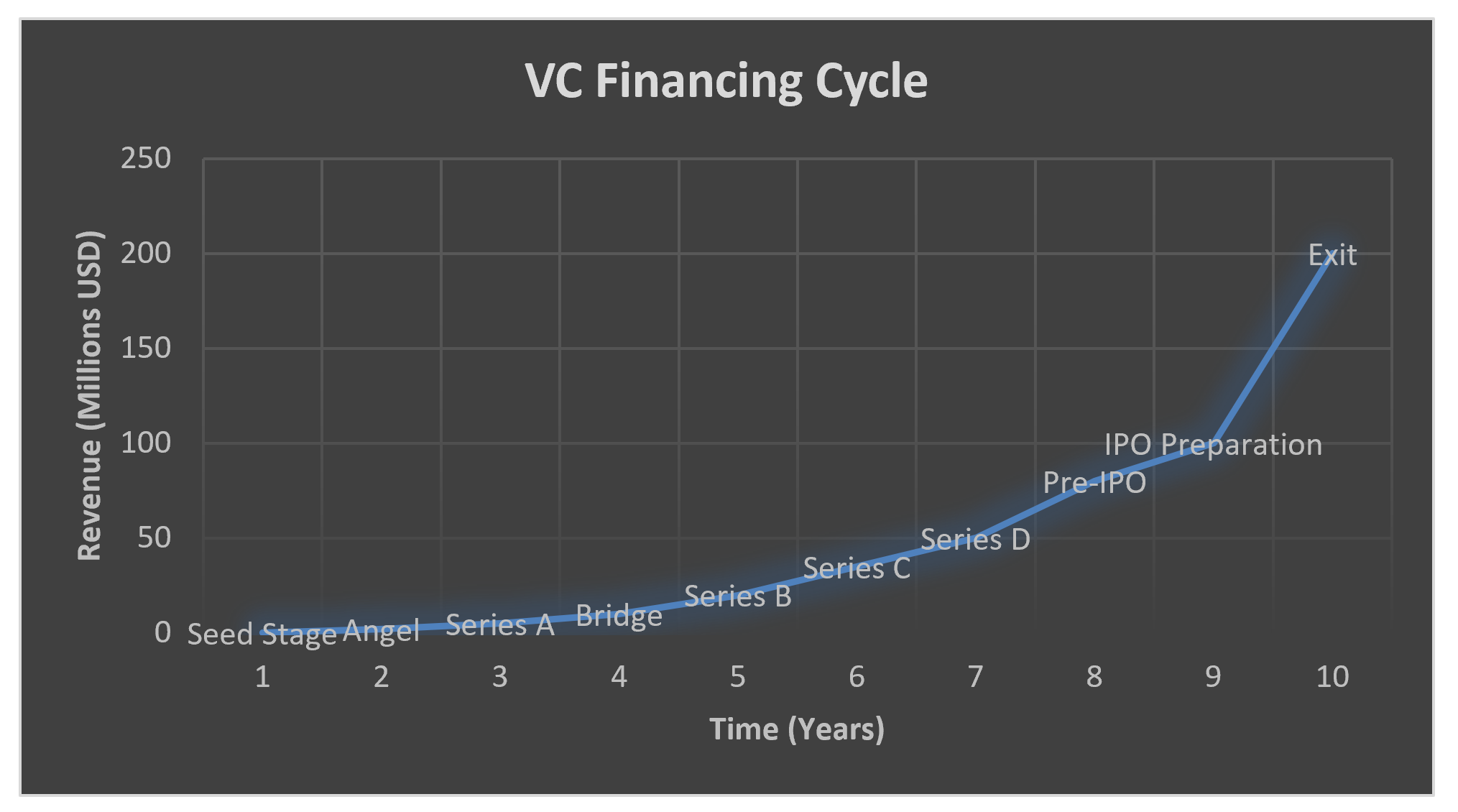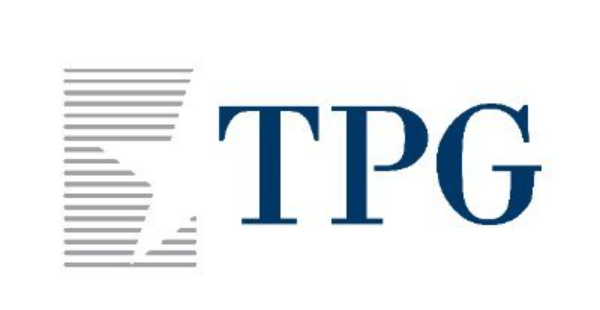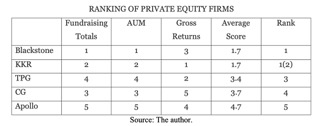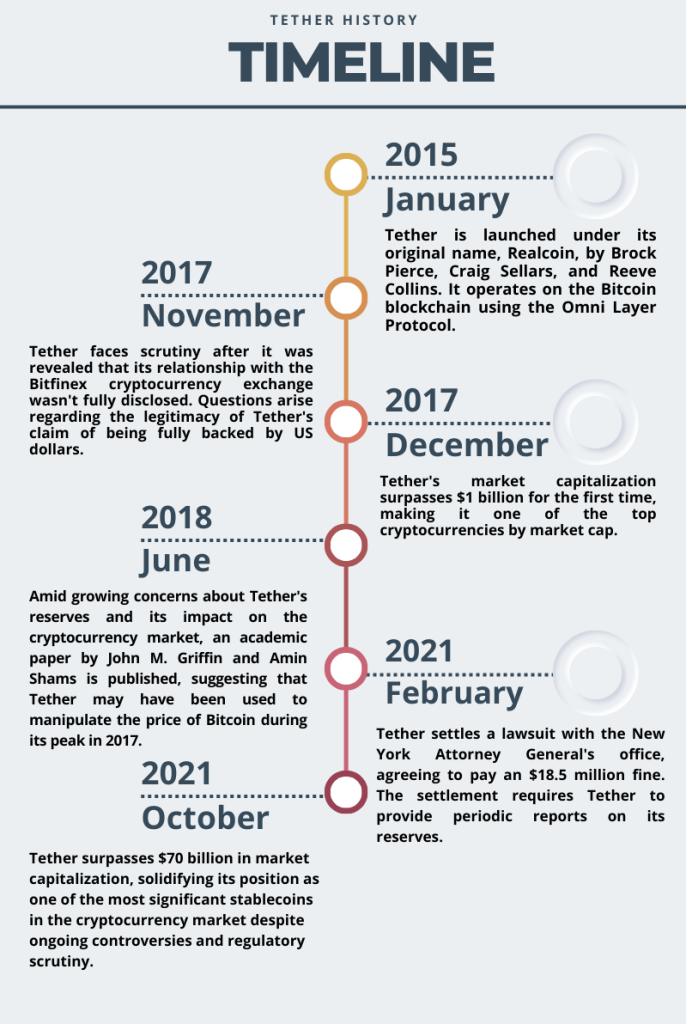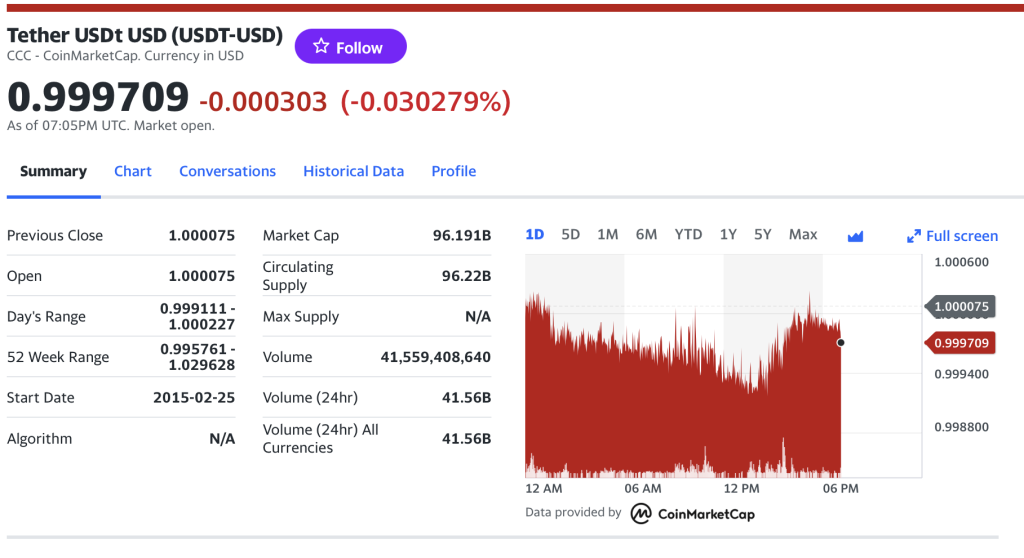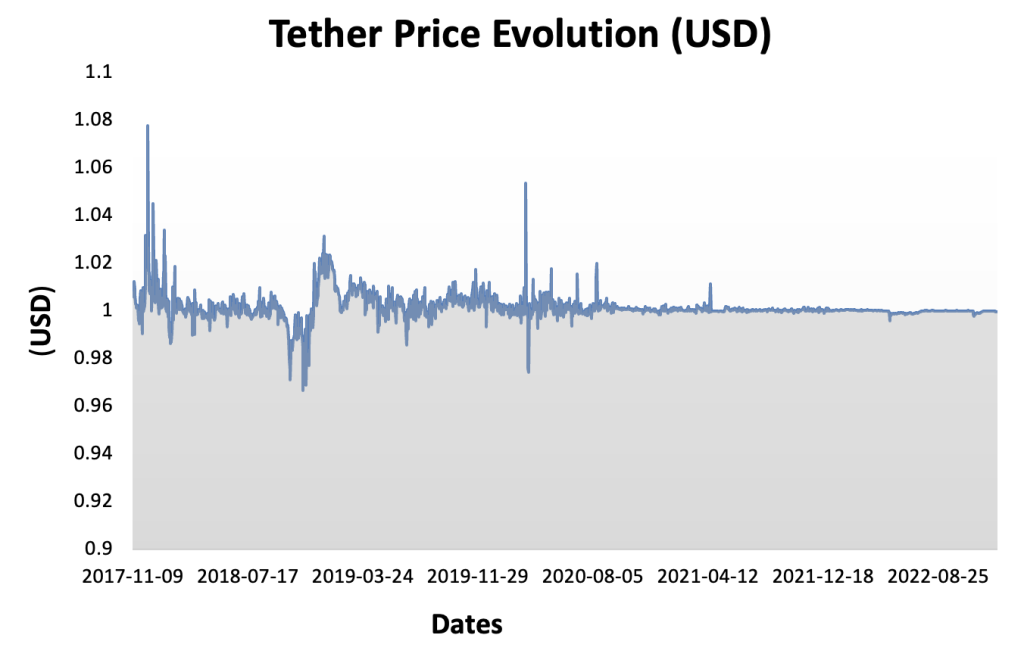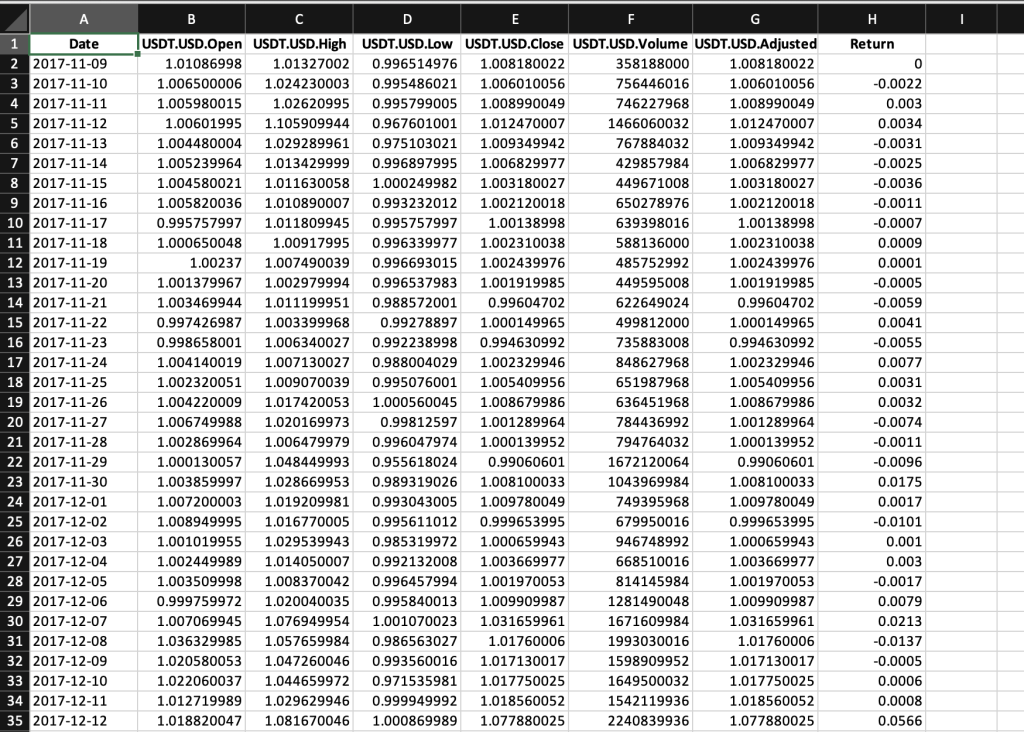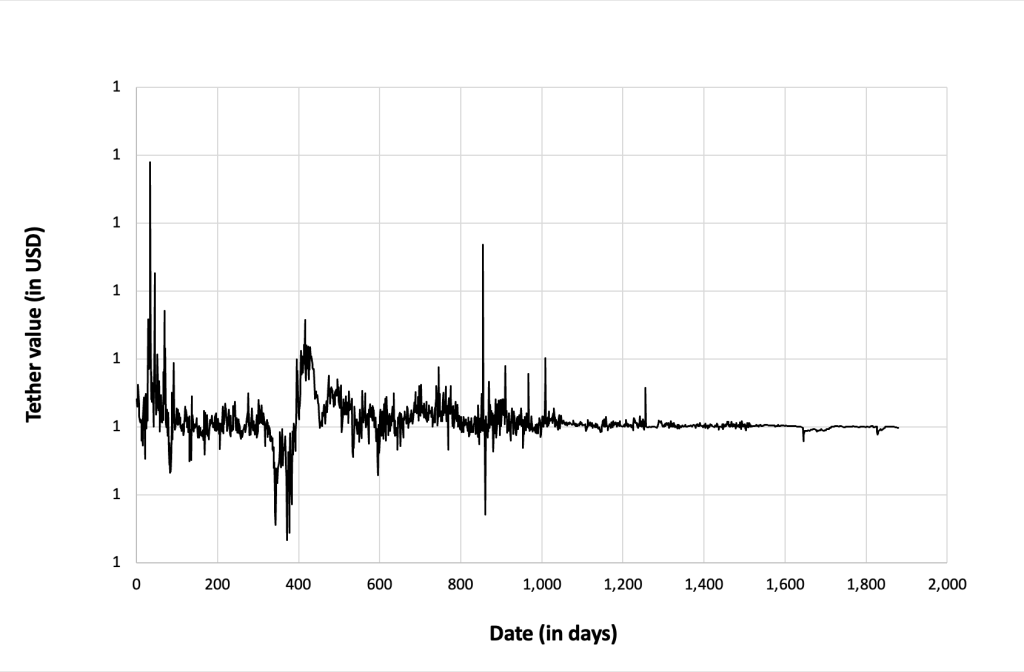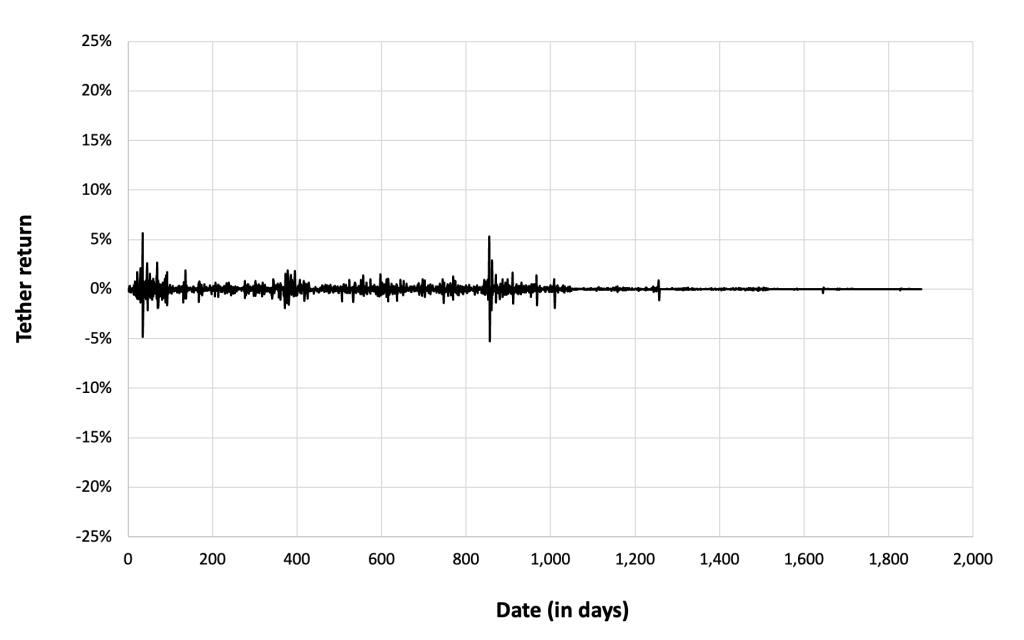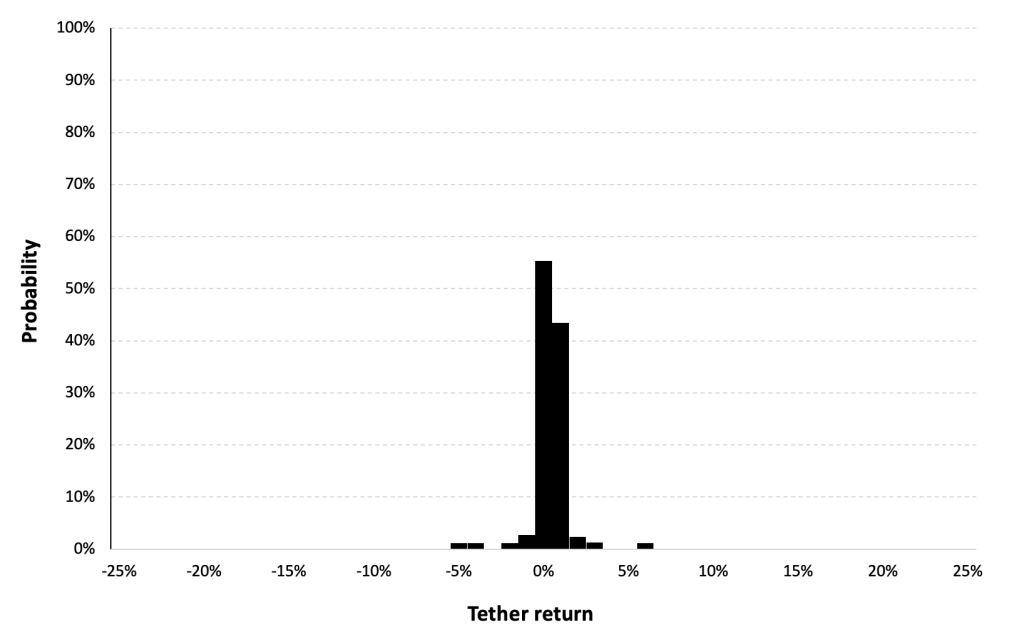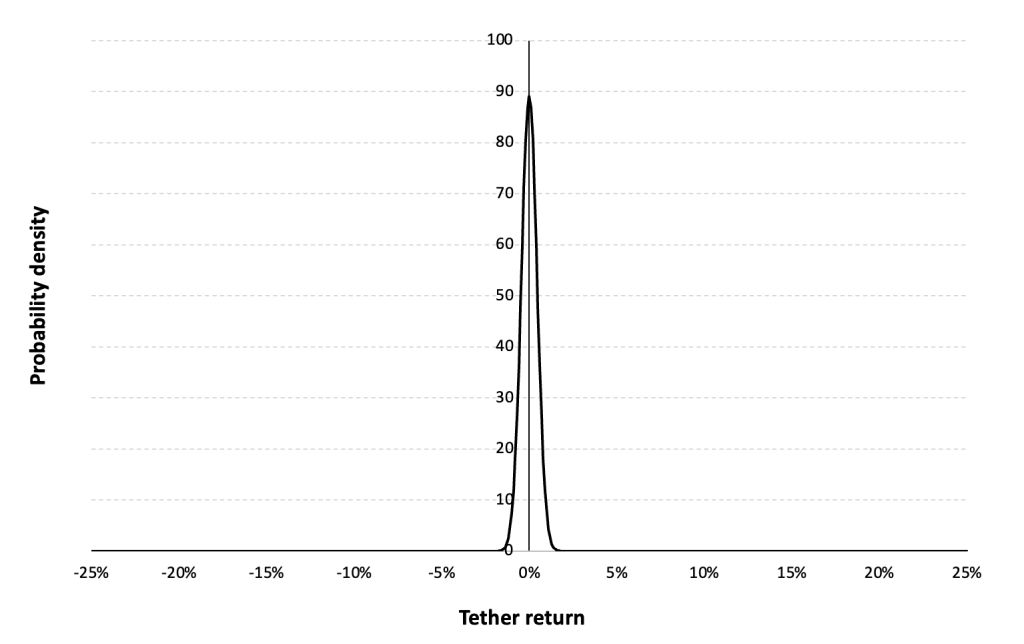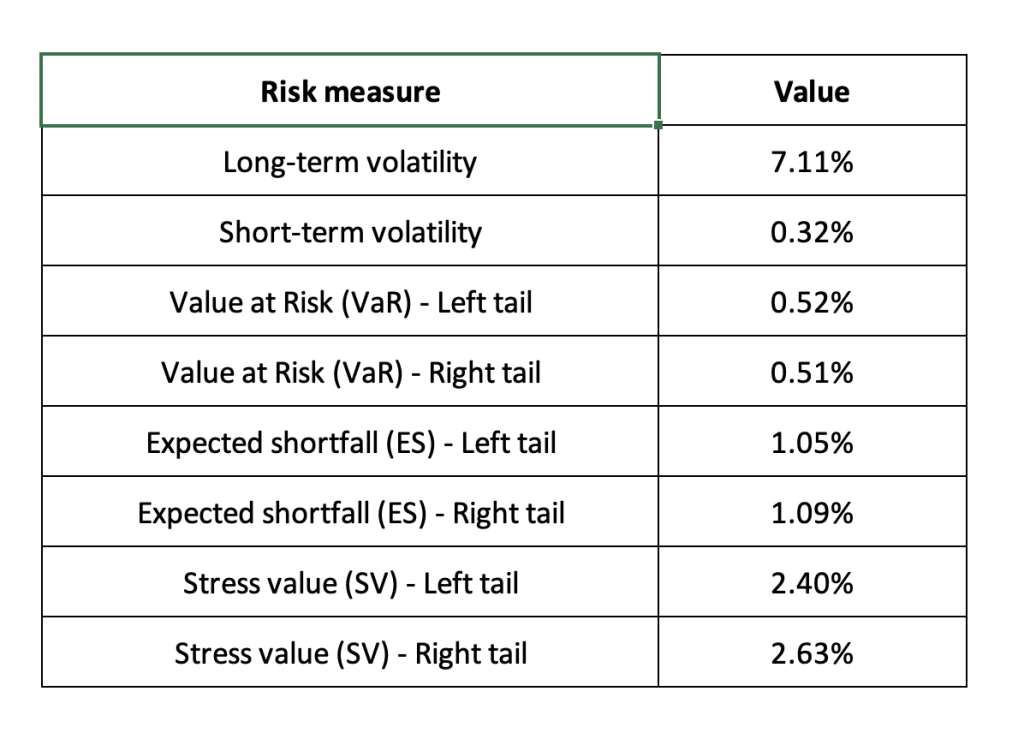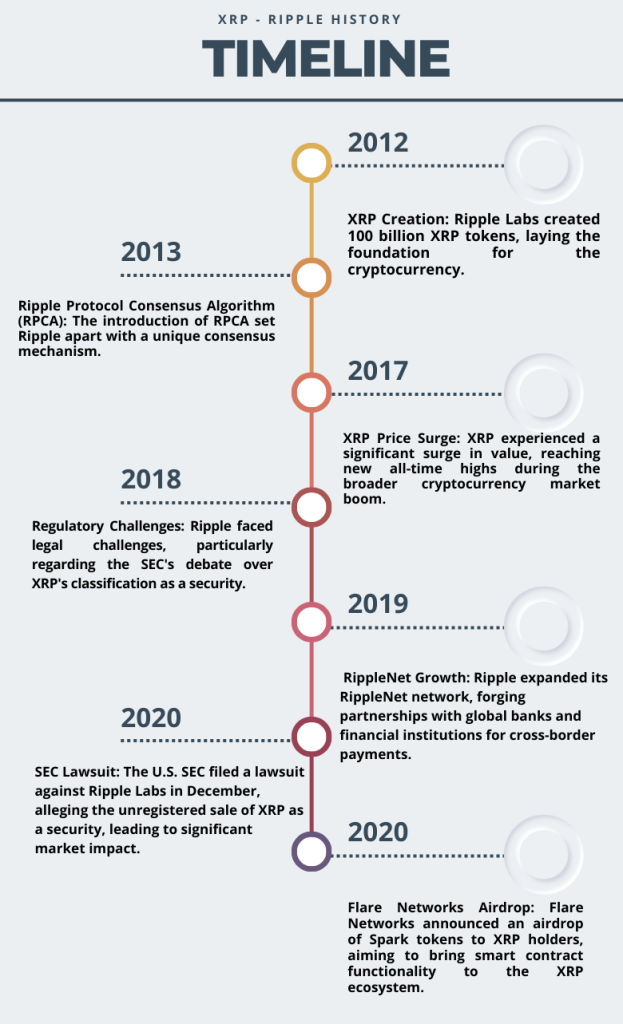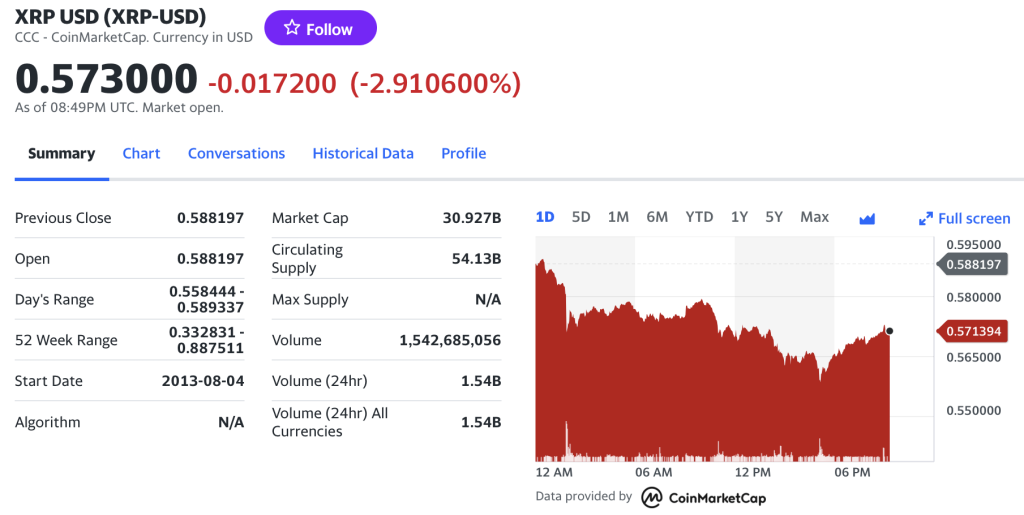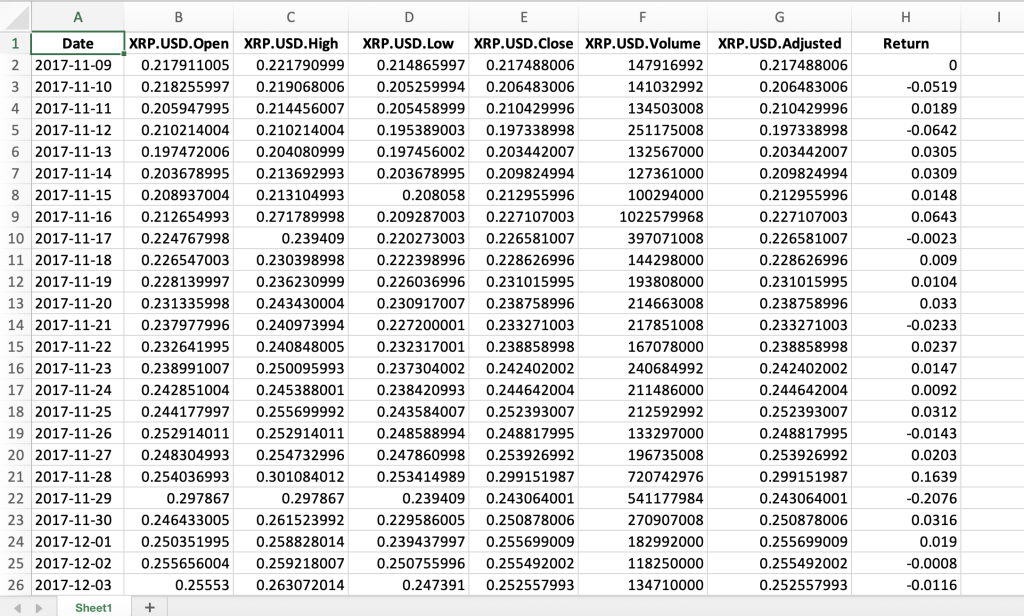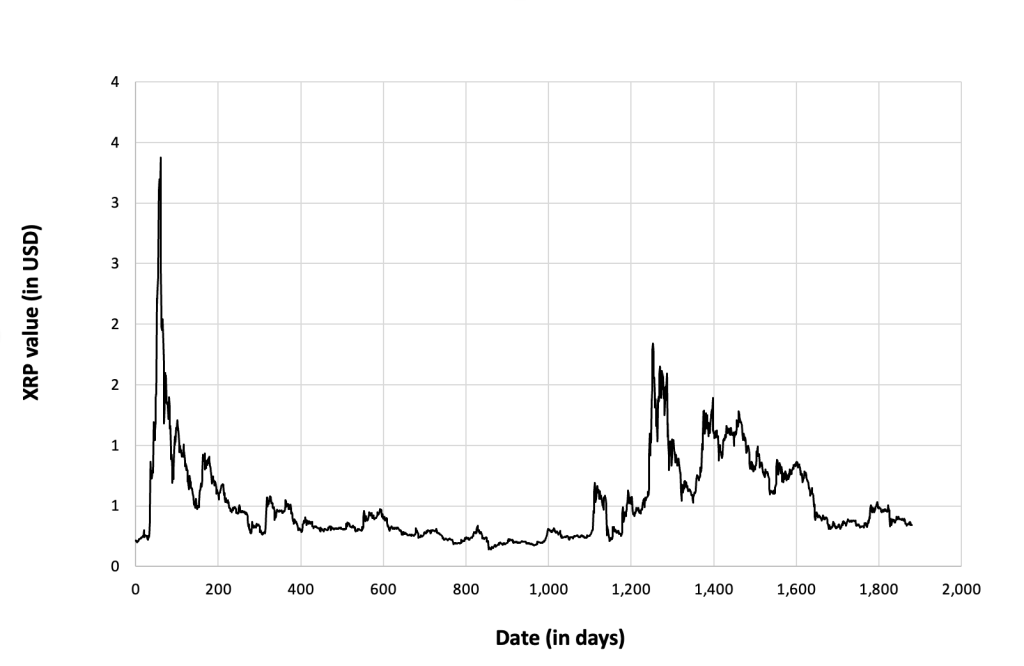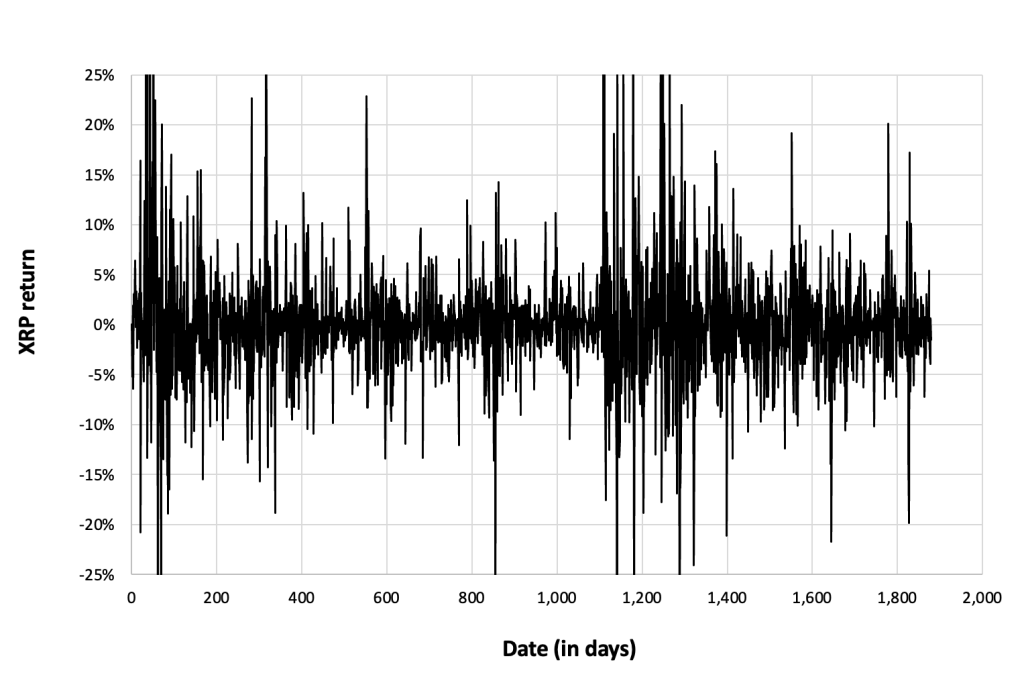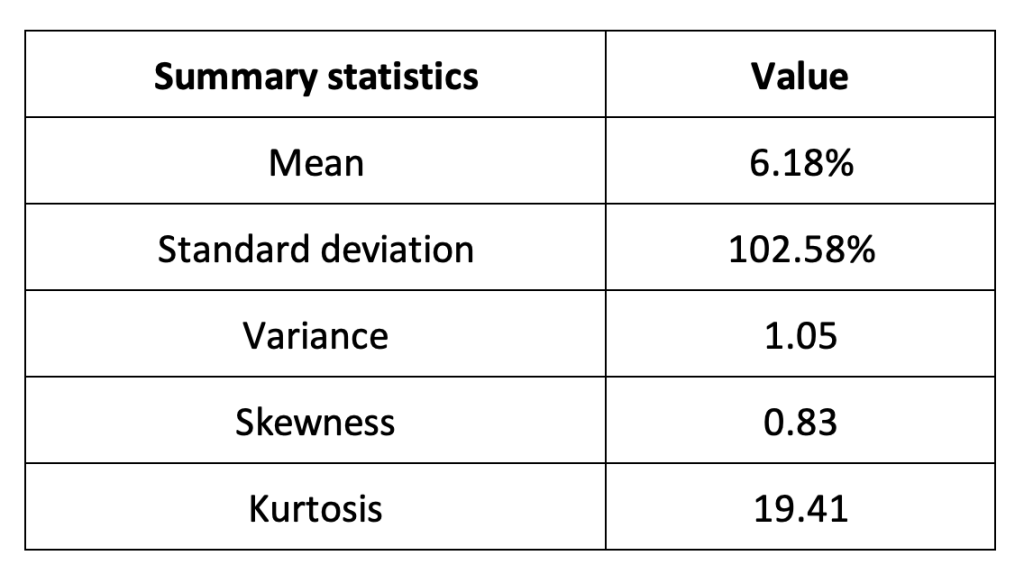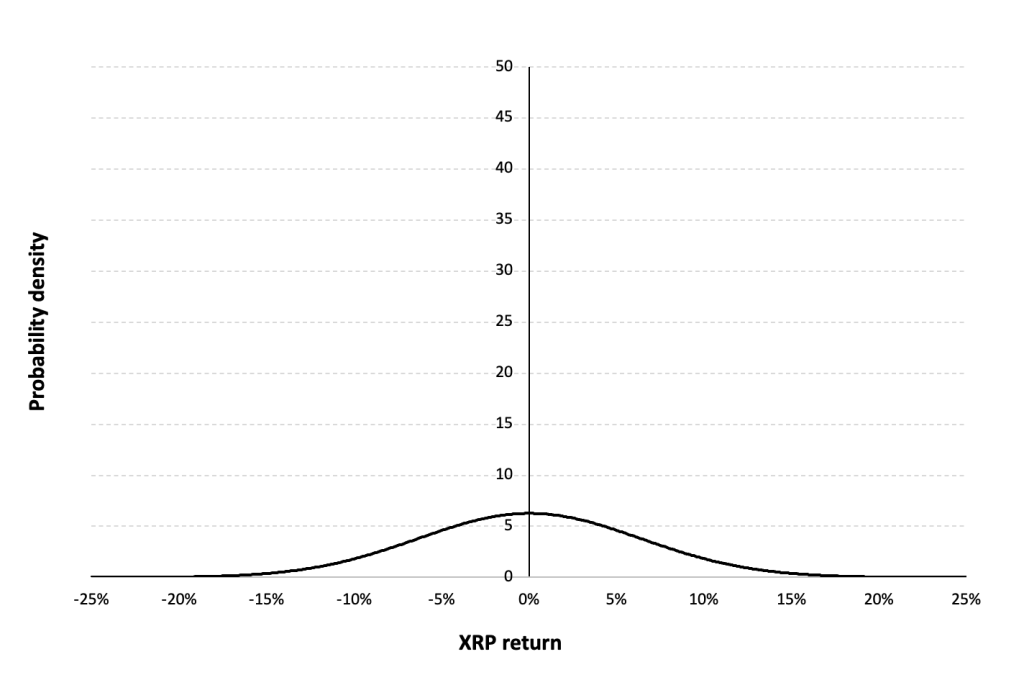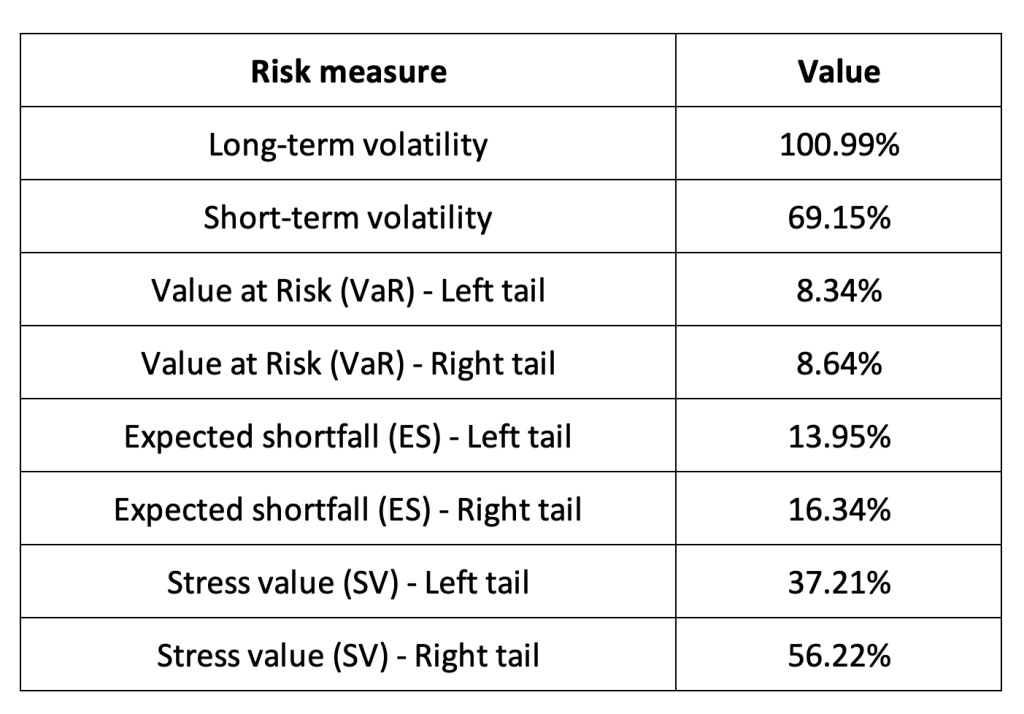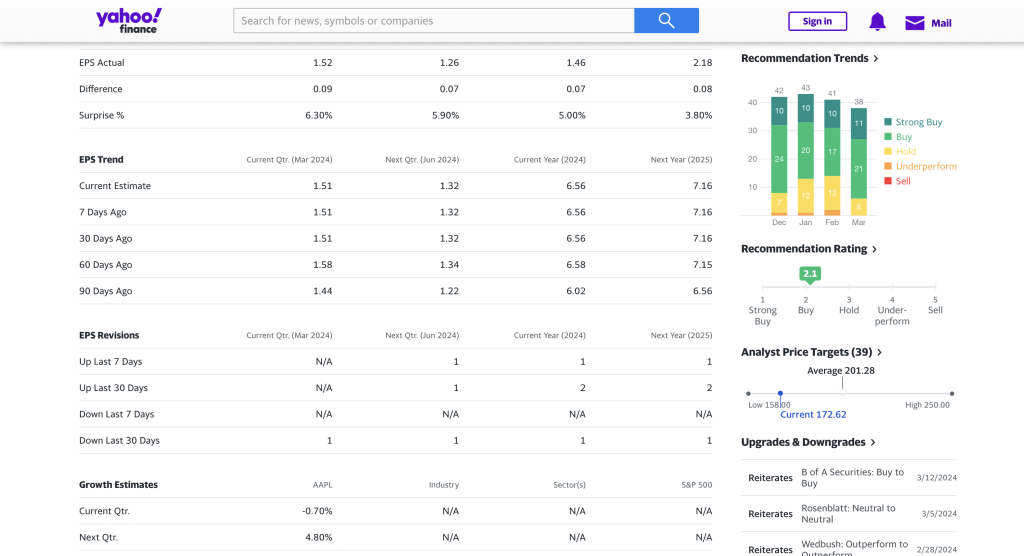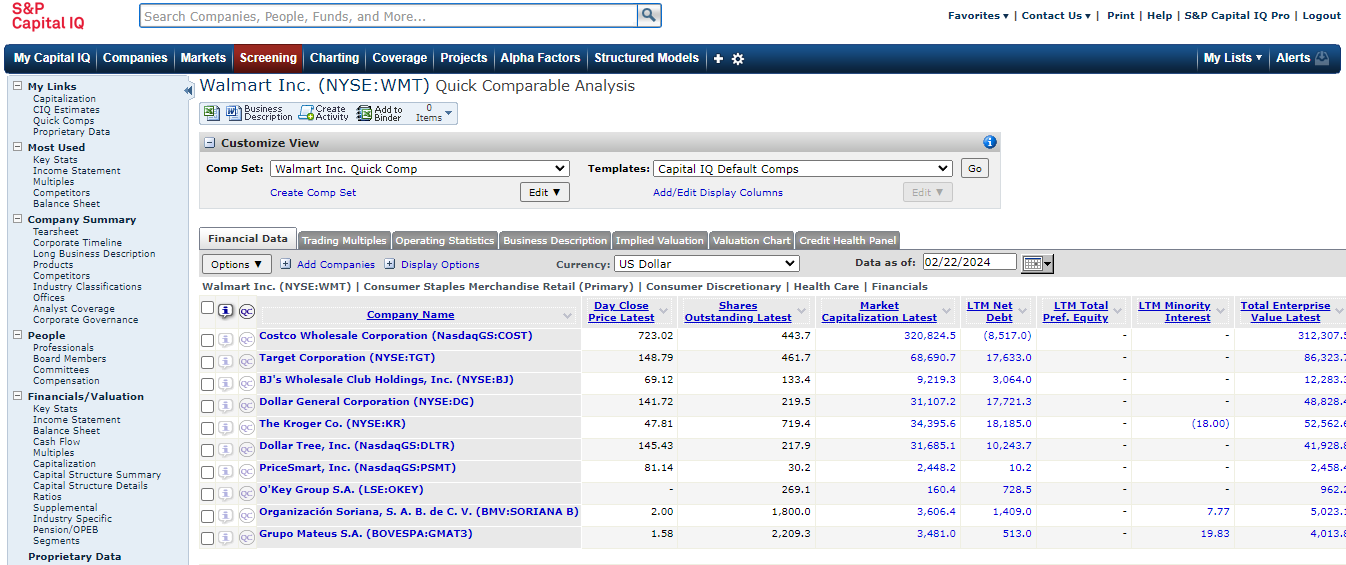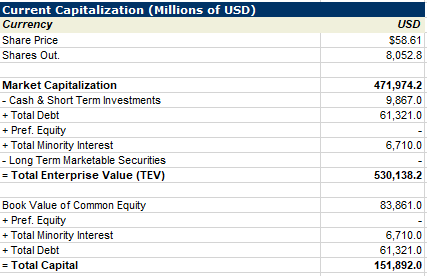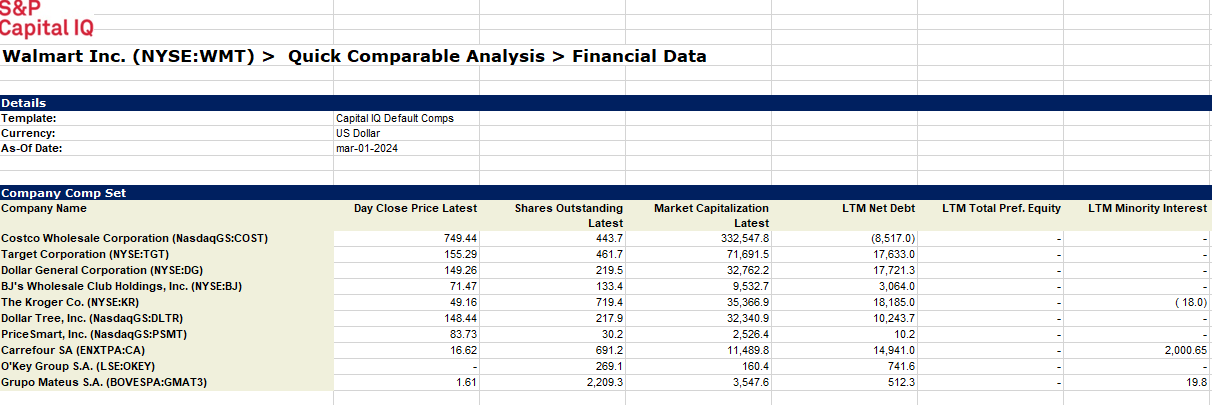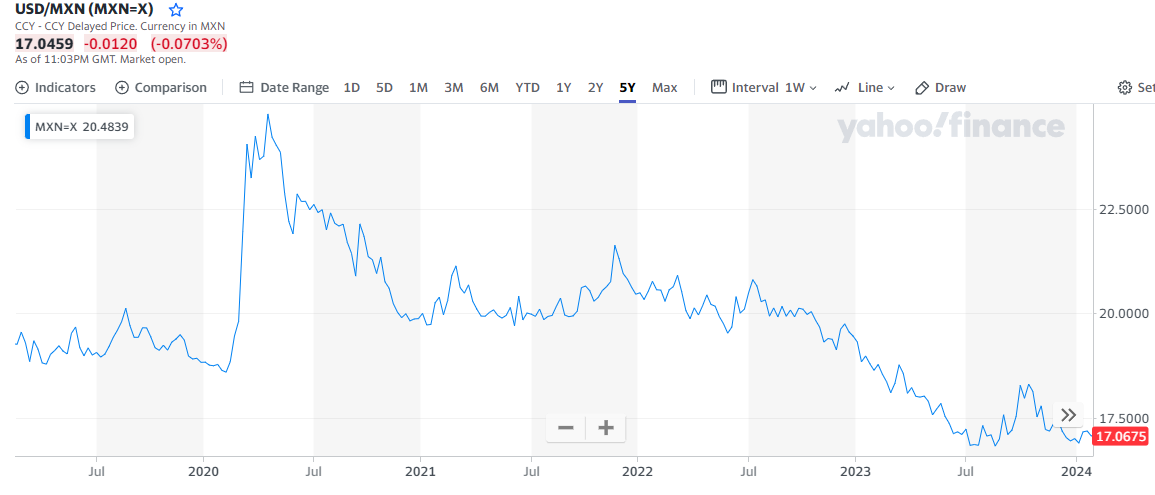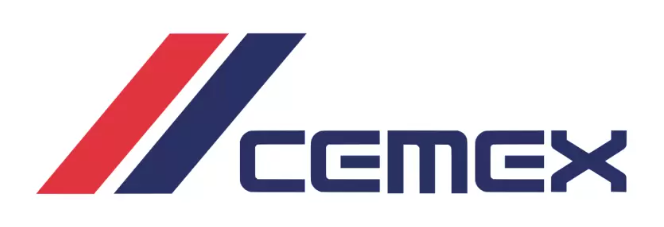Types of Market Consensus

In this article, Nithisha CHALLA (ESSEC Business School, Grande Ecole Program – Master in Management (MiM), 2021-2024) explains what are the market consensus and different forms of into financial sentiments.
Introduction
Market consensus often talked about in financial circles, goes beyond just a collective opinion; it reflects how investors feel and what’s happening in the financial world. This article looks into different types of market consensus: the agreement on prices between buyers and sellers, the insights provided by financial analysts who study companies’ basics and economic indicators, and the views of technical analysts who analyze stock prices. Several things affect market consensus, like how people generally feel about the market, expectations for market changes, and the actions of important players like central banks.
Understanding the various forms of market consensus is essential for investors and traders navigating the complex world of finance. These collective opinions shape market trends and impact investment decisions.
Price Consensus
One of the most visible forms of market consensus is reflected in asset prices. The principle of supply and demand drives prices, with consensus emerging as traders and investors assess the value of an asset based on various factors such as economic indicators, company performance, and geopolitical events. As these factors change and influence perceptions, they contribute to the evolving consensus reflected in asset prices.
Example: In 2020, Tesla’s stock experienced a tremendous surge as market consensus shifted positively around electric vehicles and renewable energy. Investors believed in the company’s potential for growth, leading to a significant increase in Tesla’s stock price.
Market consensus by financial analysts
Consensus on revenues and earnings
Earnings consensus revolves around the expected future earnings of a company. Analysts and financial experts often provide earnings estimates, and market consensus forms around these forecasts. Deviations from these expectations can lead to significant price movements as investors reassess the company’s performance and prospects. This dynamic interaction between earnings forecasts and market reactions underscores the importance of consensus expectations in shaping investor sentiment and market behavior.
Example: Apple’s quarterly earnings announcements are highly anticipated by the market. If Apple reports earnings that exceed analysts’ consensus estimates, it can lead to a surge in its stock price, reflecting the positive earnings consensus.
Consensus on economic indicators
Economic indicators, such as GDP growth, inflation rates, and unemployment figures, shape the macroeconomic consensus. Governments, central banks, and international organizations routinely release data that analysts and investors leverage to assess the broader economic landscape. Market responses frequently track deviations from consensus forecasts related to these indicators. When actual economic data diverges from expectations, it can trigger significant market movements as investors adjust their outlook on economic conditions and potential policy responses.
Example: During the global financial crisis of 2008, there was a consensus among economists that the world economy was entering a recession. This consensus influenced investor behavior, leading to widespread selling in equity markets and a shift towards safer assets.
Market consensus by technical analysts
Market consensus by technical analysts revolves around interpreting stock price movements and patterns to forecast future market trends. Technical analysts use charts and indicators to identify potential buying or selling opportunities based on historical price data. By analyzing patterns such as support and resistance levels, moving averages, and trading volumes, technical analysts contribute insights into market sentiment and potential price directions. This approach to market consensus complements fundamental analysis and provides a different perspective on investor behavior and sentiment. Breaking through a significant resistance level might lead to a bullish consensus; similarly, breaking through a significant support level might lead to a bearish consensus.
Factors influencing the market consensus
Size of the company and coverage by financial analysts
The size of a company and how many analysts are covering it also influence the stock market consensus. If only a handful of analysts are assigned to the stock, the market consensus estimates are more likely to vary from actual results.
Market sentiment
The sentiment of market participants plays a crucial role in shaping market consensus. Investor sentiment can be bullish or bearish, influenced by factors like news, social media, and market events. Contrarian investors often excel by taking positions opposite to prevailing sentiment, capitalizing on opportunities arising from market overreactions and sentiment shifts. Understanding and analyzing market sentiment is essential for gauging potential market directions and identifying contrarian investment opportunities.
Example: The GameStop saga in early 2021 is a notable example of sentiment consensus. Retail investors on social media forums collectively drove up the stock price of GameStop, challenging traditional market dynamics and catching institutional investors off guard.
Volatility expectations
Volatility expectations, measured by metrics like the VIX (Volatility Index), represent a form of consensus about future market stability. Traders and investors use volatility as an indicator of market risk, and consensus around heightened volatility can lead to defensive strategies, such as increased hedging or reduced risk exposure. Understanding and interpreting volatility consensus is essential for adapting investment strategies to prevailing market conditions and risk perceptions.
Example: The COVID-19 pandemic in 2020 led to a consensus on increased market volatility. The VIX (Volatility Index) surged as investors anticipated heightened uncertainty, prompting shifts in investment strategies to account for the expected market fluctuations.
Policy Consensus
Central bank policies, government regulations, and fiscal measures contribute to policy consensus. Market participants closely monitor statements and decisions made by central banks and governments, forming expectations about interest rates, monetary policy, and regulatory changes. Any surprises in these areas can lead to market volatility.
Example: The announcement of the U.S. Federal Reserve’s quantitative easing policies during the 2008 financial crisis influenced market consensus. The expectation of increased liquidity and lower interest rates contributed to a rally in stock markets.
Technological Consensus
Technological consensus refers to the collective agreement or perception within the technology sector regarding emerging trends, innovations, or the adoption of specific technologies. Industry experts, analysts, and stakeholders contribute to this consensus through assessments of technology developments, market dynamics, and consumer behavior. Consensus within technology influences investment decisions, product development strategies, and market forecasts. Understanding technological consensus is crucial for businesses and investors seeking to navigate the rapidly evolving landscape of technology-driven industries.
Example: The rise of FAANG stocks (Facebook, Apple, Amazon, Netflix, Google) in the last decade reflects a technological consensus. Investors collectively believed in the transformative power of these technology giants, contributing to their substantial market capitalizations.
Conclusion
Market consensus, when explored through the lens of data and statistics, transforms from a theoretical concept to a tangible and actionable tool. Whether you’re an investor, a business leader, or an analyst, integrating statistical insights into your understanding of market consensus adds a layer of precision to decision-making. In the dynamic world of finance, where every percentage point matters, harnessing the power of market consensus with a data-driven approach ensures a more informed and strategic navigation of financial waters.
Why should I be interested in this post?
In essence, this article provides a holistic and data-driven perspective on market consensus, catering to the interests of investors, business professionals, and anyone seeking a nuanced understanding of how collective sentiments shape the financial landscape. Whether you’re actively involved in financial decision-making or simply intrigued by the dynamics of the market, this article offers valuable insights that bridge theory and real-world applications.
Related posts on the SimTrade blog
▶ Aamey MEHTA Market efficiency: the case study of Yes bank in India
▶ Louis DETALLE The importance of data in finance
Useful resources
CNN Fear & Greed Index: What emotion is driving the market now?
Market consensus What is market consensus?
Faster Capital Navigating Markets: The Power of Market Analysis and Consensus Estimates





